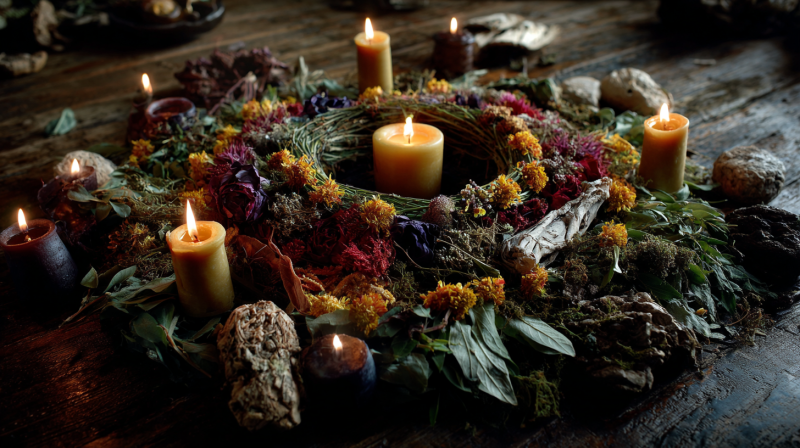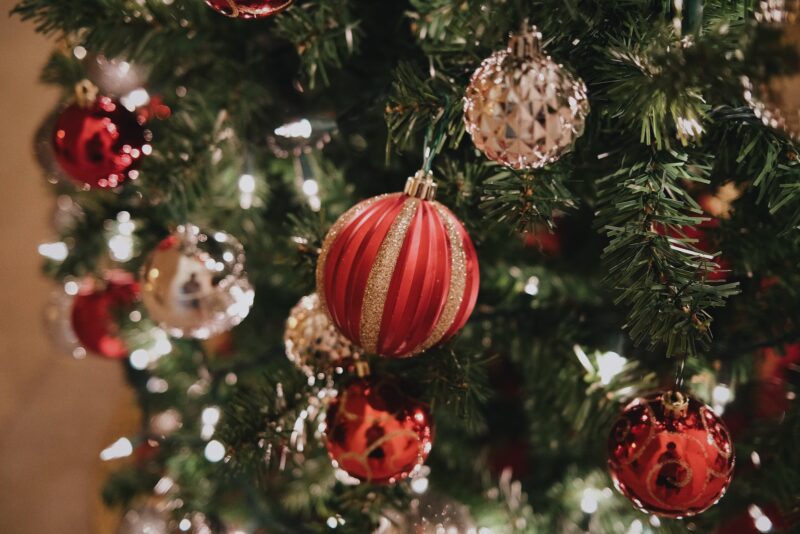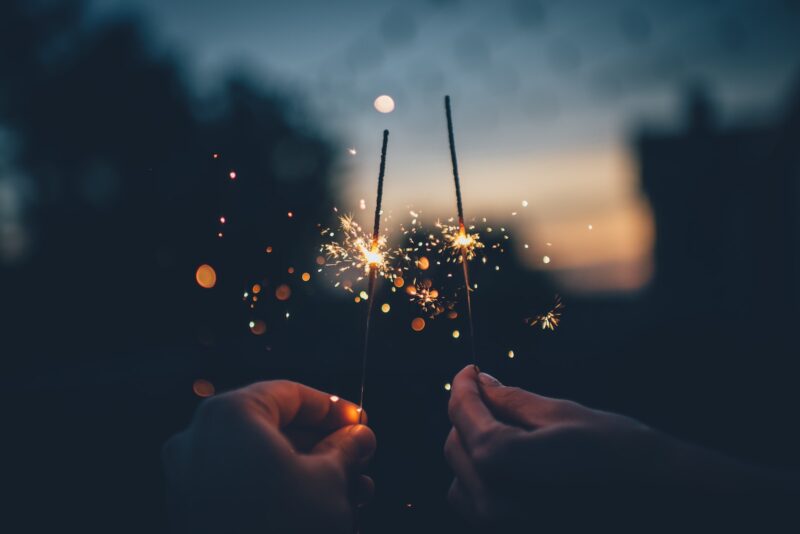Festivals have long been an integral part of human civilization, providing a glimpse into the spiritual, social, and cultural fabric of ancient societies. For centuries, these celebrations were not mere revelries but acts of deep reverence to higher powers—deities that held sway over every aspect of life. From the sprawling temples of Egypt to the sacred groves of West Africa, and from the sun-drenched streets of Rome to the forest-clad heights of Mesoamerica, these festivals revealed the essence of humanity’s relationship with the divine. This blog post dives deep into how ancient cultures honored their deities through vibrant festivals, rich in symbolism and tradition.
The Sacred Spectacle of Ancient Egypt
Ancient Egyptians developed a close relationship with their gods and goddesses in the heart of the Nile Valley, where the annual flooding of the river determined the rhythm of life. Central to this connection were festivals, which marked key moments in the divine calendar. These ceremonies honored deities like Osiris, Isis, Amun-Ra, and Horus—each deity representing aspects of nature, the cosmos, and life after death.

Opet Festival: A Journey for Amun-Ra
Among the most magnificent of these celebrations was the Opet Festival, dedicated to Amun-Ra, the king of the gods, and celebrated during the inundation of the Nile. Held primarily in the city of Thebes, it was an annual celebration that lasted for over two weeks. The festival was a combination of political, spiritual, and cosmic renewal, ensuring the continued favor of Amun-Ra for the prosperity of the land.
The central event of the Opet Festival was a grand procession in which the statues of Amun, Mut, and Khonsu were carried from Karnak Temple to the Luxor Temple. Priests, accompanied by dancers, musicians, and crowds of devotees, would walk in solemn procession as offerings of food, drink, and incense were made along the way. The sight of the deities’ statues, veiled from the eyes of commoners but housed within sacred barges, stirred a deep sense of awe.
It was not just the elite who participated in these celebrations. The festival provided ordinary people a rare opportunity to connect with the divine, as the procession was believed to bring Amun-Ra’s blessings directly to the people. The culmination of the Opet Festival was a great feast, an occasion for the entire city to rejoice in renewed harmony between the gods and humanity.
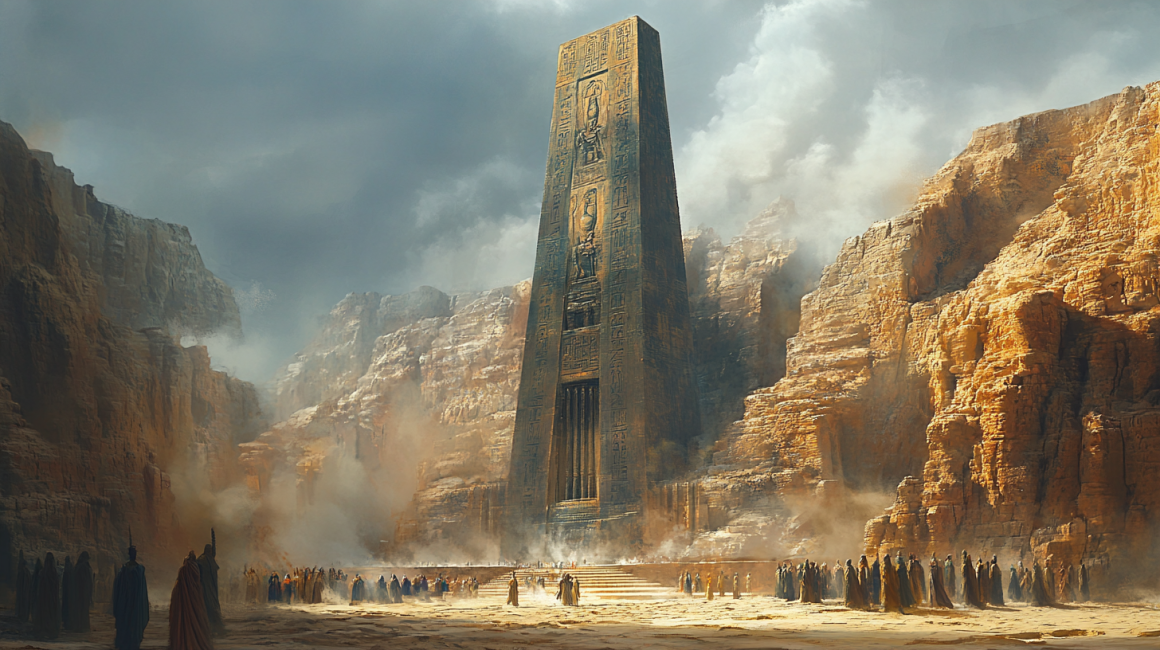
Festival of Osiris: The Cycle of Life and Death
Another cornerstone of Egyptian religious life was the Festival of Osiris, commemorating the god of the afterlife and his triumph over death. Osiris, murdered by his brother Set and later resurrected by his wife Isis, symbolized the eternal cycle of life, death, and rebirth. This festival, held in Abydos—the legendary burial place of Osiris—was a dramatic reenactment of these mythological events.
Participants engaged in rituals that mirrored Osiris’s journey to the underworld and his resurrection. One of the key moments was the “raising of the Djed pillar,” a symbol of Osiris’s spine and strength. This act was a powerful metaphor for resurrection and restoration, performed to ensure the stability of the cosmic order and the renewal of life in both the human and divine realms.
Much like the Opet Festival, the celebration of Osiris involved elaborate processions, offerings, and feasts, but with a strong focus on the passage to the afterlife. It served as a reminder to the living that death was not the end but a transition to a new form of existence under Osiris’s watchful eye.
The Dionysian Mysteries of Ancient Greece
In contrast to Egypt’s highly structured and formal religious festivals, ancient Greece offered a blend of public spectacle and private spiritual initiation, particularly in the celebrations surrounding Dionysus, the god of wine, fertility, and ecstasy. Dionysian festivals were wild, intoxicating events that broke down social barriers and allowed participants to experience divine madness.
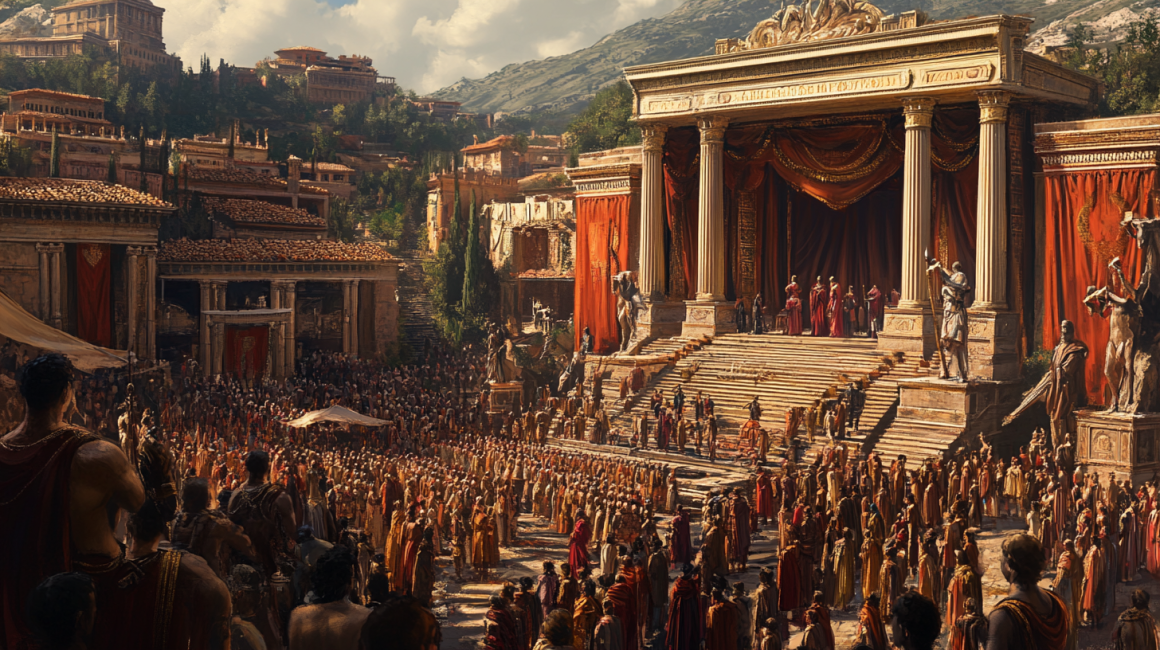
The City Dionysia: Theater as Worship
Perhaps the most famous of these celebrations was the City Dionysia, an annual festival in Athens dedicated to Dionysus. What made this festival unique was its use of theater as a form of religious devotion. Tragedies, comedies, and satyr plays—many of which are still studied today—were performed in honor of the god, with themes often exploring human suffering, divine intervention, and the complex relationship between mortals and the gods.
Following a day of dramatic performances, the festival started with a large procession in which participants carried phallic symbols and offered sacrifices. Playwrights like Sophocles, Euripides, and Aeschylus competed for the honor of having their work crowned the best, but it wasn’t simply about artistic merit. These plays were a form of communal catharsis, offering a window into the divine nature of human experience.
At its core, the City Dionysia served as a means for the city-state to reaffirm its connection to the divine through both the spectacle of performance and the communal participation in sacred rites. It reflected the dual nature of Dionysus himself—both a liberator who brought joy and a darker force of chaos and destruction.

The Bacchanalia: A Festival of Ecstasy and Mystery
If the City Dionysia was a public event that engaged the masses, the Bacchanalia were private, secretive, and far more intense. These festivals originally took place in the Greek countryside before the Romans adopted them and gave them the name of Bacchus, the Roman counterpart to Dionysus.
The Bacchanalia were night-time gatherings filled with ecstatic dancing, drinking, and, in some instances, frenzied behavior that bordered on chaos. Participants—mostly women—entered a trance-like state, believed to be divine possession by Dionysus himself. They would roam the forests, calling upon the god and engaging in rites that celebrated the breakdown of human inhibitions and societal constraints. The festival was both liberating and dangerous, as it tapped into the primal, untamed forces of nature.
However, the Bacchanalia’s secretive nature and growing popularity led to suspicion and eventual suppression by the Roman Senate in 186 BCE, as the authorities feared the social instability that these ecstatic rites might unleash. Yet, despite this suppression, the spirit of Dionysus lived on in later festivals and religious rites.
The Roman Saturnalia – A World Turned Upside Down
If the Bacchanalia represented the untamed spirit of the divine, Saturnalia was the festival of misrule, a temporary reversal of the social order in honor of Saturn, the god of agriculture, wealth, and liberation. Saturnalia, held in December, was one of the most popular festivals in ancient Rome and served as the precursor to many modern-day winter celebrations, including Christmas and New Year’s.

During Saturnalia, the usual norms of Roman society were suspended. Slaves and masters switched roles, with slaves enjoying lavish banquets, often served by their masters. Gambling, normally forbidden, was permitted, and everyone wore more casual clothing. The streets were filled with laughter, songs, and feasting as people gave gifts and decorated their homes with wreaths and candles.
But Saturnalia was not just a time of chaos—it also had deep religious significance. The festival marked the end of the harvest and the rebirth of the agricultural year, as well as a symbolic return to the mythical Golden Age of Saturn’s reign, when peace and abundance ruled the earth. By allowing the inversion of social roles, Saturnalia created a space for societal renewal and the reaffirmation of community ties, ensuring that the chaotic forces of change would not disrupt the cosmic order.
The Orisha Festivals of West Africa
Moving away from the Mediterranean world, we find the vibrant festivals of the Yoruba people of West Africa, who honored the Orishas, divine spirits that govern the forces of nature and human life. Unlike the highly centralized state religions of Egypt and Rome, Orisha worship was decentralized, with different regions and families maintaining their own sacred practices. However, festivals played a central role in unifying the community and renewing their connection to the spiritual realm.
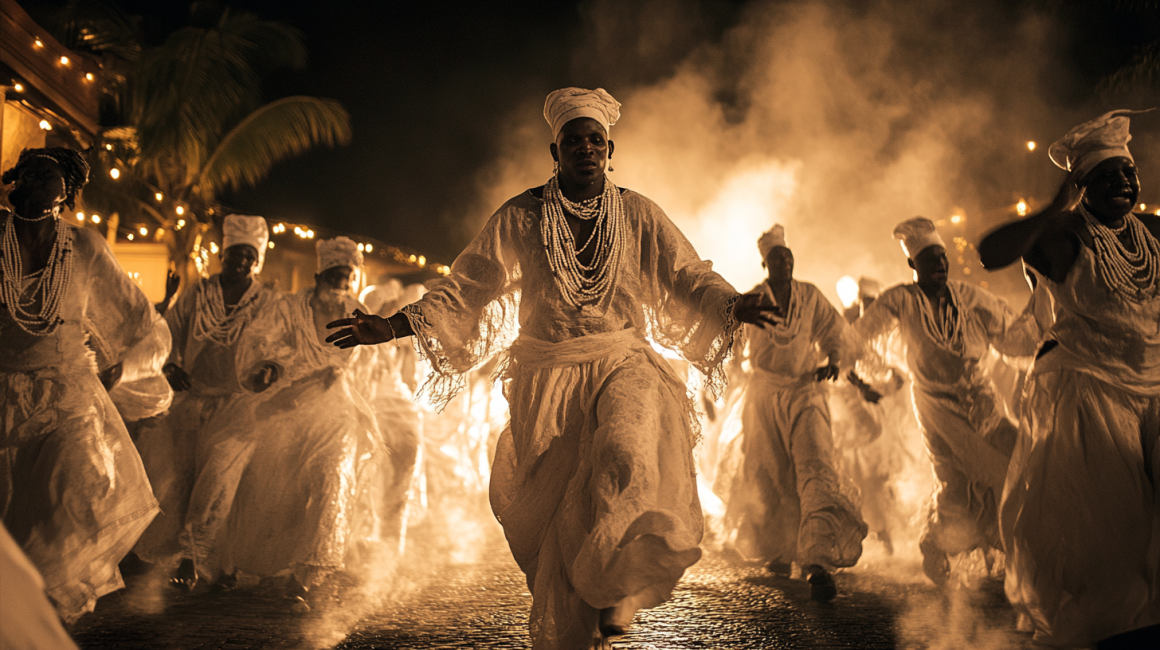
The Eyo Festival: Honoring Obatala
The Eyo Festival, held in Lagos, Nigeria, is one of the most spectacular events dedicated to the Orishas. While it honors several deities, it is particularly associated with Obatala, the Orisha of purity, peace, and wisdom. The festival is characterized by a grand procession through the streets of Lagos, with participants dressed in white flowing garments known as “Eyo,” representing the spirits of the dead.
At the heart of the Eyo Festival is the idea of purification and spiritual renewal. Participants dance through the streets, chanting sacred songs and prayers, while the entire community comes together to celebrate and give thanks for the blessings of the Orishas. The festival is deeply rooted in Yoruba cosmology, where the line between the material and spiritual worlds is fluid, allowing for direct interaction between the living and the divine.
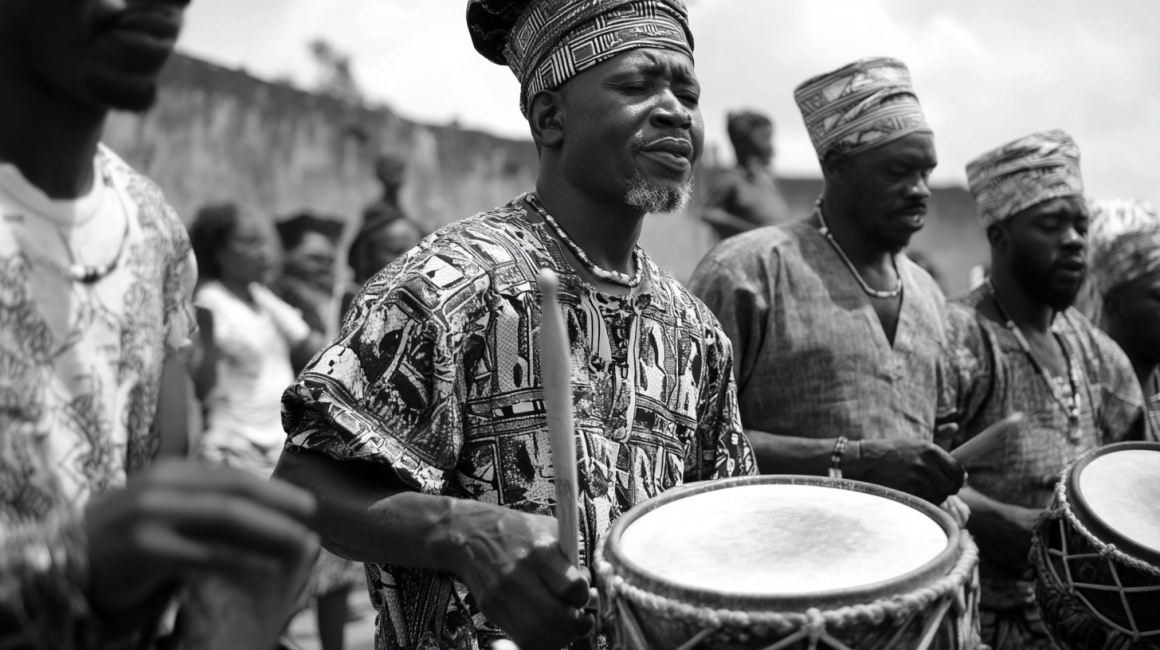
The Olojo Festival: Celebrating Ogun
Another significant Yoruba festival is the Olojo Festival, held in Ife to honor Ogun, the god of iron, war, and craftsmanship. Ogun is a fierce protector of humanity, and his festival is a time of strength, renewal, and unity for the community. The highlight of the Olojo Festival is the appearance of the Ooni, the spiritual leader of Ife, who dons the sacred “Aare” crown, believed to possess powerful ancestral spirits.
The Olojo Festival is a vibrant celebration of music, dance, and offerings to Ogun. Drummers beat out complex rhythms, while priests offer sacrifices to ensure the protection and prosperity of the community. The festival reinforces the deep connection between the Yoruba people and their gods, and it serves as a reminder of the importance of balance, order, and respect for the forces of nature.
The Aztec Feast of Tlacaxipehualiztli – A Blood-Drenched Tribute
In the ancient city of Tenochtitlán, the Aztecs honored their gods through festivals that often involved human sacrifice, a practice rooted in their belief that the gods needed nourishment in the form of blood to keep the universe in balance. One of the most dramatic and complex festivals was the Feast of Tlacaxipehualiztli, dedicated to Xipe Totec, the god of spring, fertility, and war.
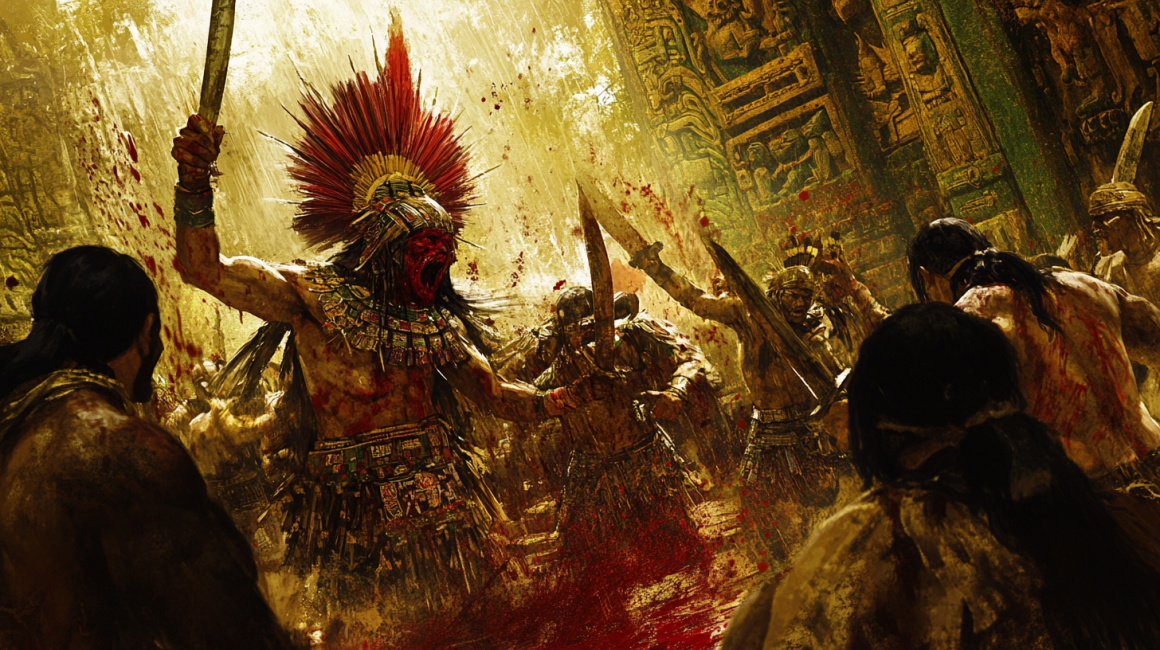
Xipe Totec, often depicted wearing the flayed skin of a sacrificial victim, symbolized regeneration and the cycle of life and death. The festival was a public event, with warriors taking part in mock battles and gladiatorial-style contests. The losers of these contests were sacrificed in honor of the god, their blood believed to nourish the earth and ensure a bountiful harvest.
As gruesome as these rituals may seem to modern sensibilities, they were an essential part of the Aztec worldview, which saw life and death as intertwined, and the gods as both benevolent and fearsome. The Feast of Tlacaxipehualiztli was not just a moment of sacrifice, but also of renewal, with the shedding of blood seen as necessary for the continuation of life.
Conclusion
From the sunlit temples of Egypt to the misty forests of West Africa, and from the bustling streets of Rome to the blood-stained altars of Tenochtitlán, festivals served as humanity’s way of connecting with the divine. These ancient celebrations were not just acts of devotion, but deeply embedded in the social, political, and cosmic orders of their time. Through their festivals, ancient cultures reaffirmed their place in the universe, sought the favor of their gods, and renewed the delicate balance between the human and the divine.
References & Citations:
- Wilkinson, Richard H. The Complete Gods and Goddesses of Ancient Egypt. Thames & Hudson, 2003.
- Burkert, Walter. Greek Religion. Harvard University Press, 1985.
- Beard, Mary, et al. Religions of Rome: Volume 1, A History. Cambridge University Press, 1998.
- Drewal, Henry John. Yoruba: Nine Centuries of African Art and Thought. The Center for African Art, 1989.
- Clendinnen, Inga. Aztecs: An Interpretation. Cambridge University Press, 1991.

